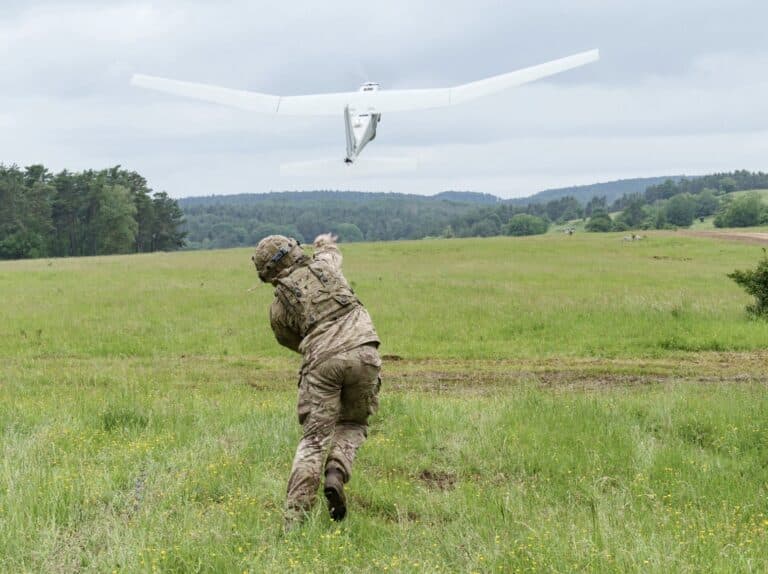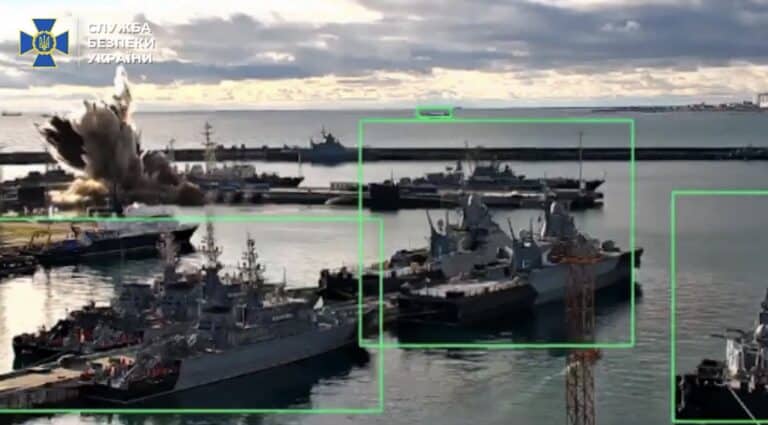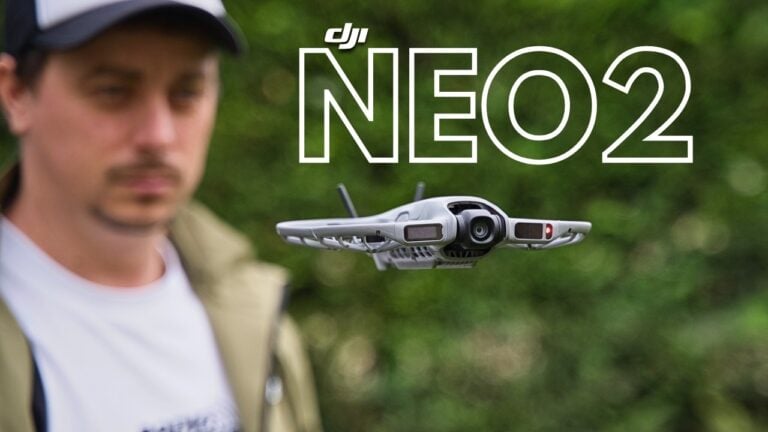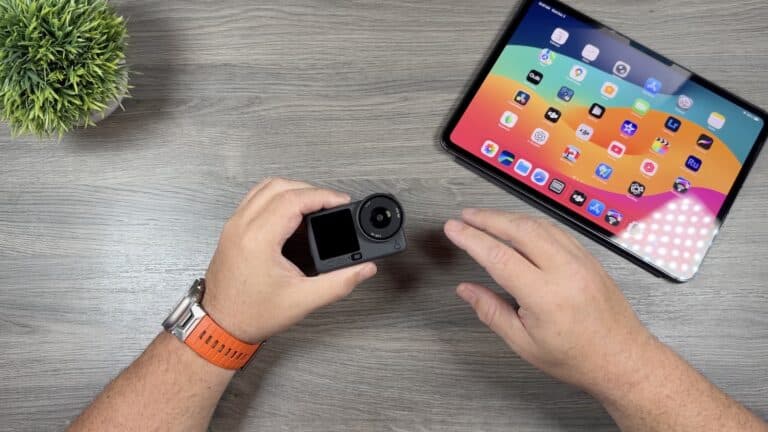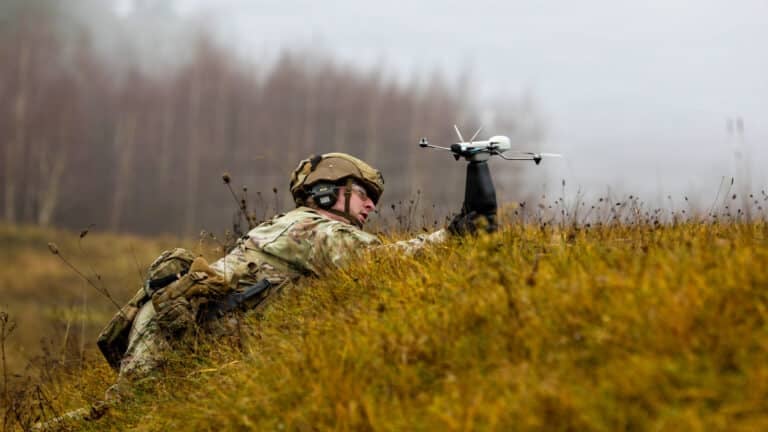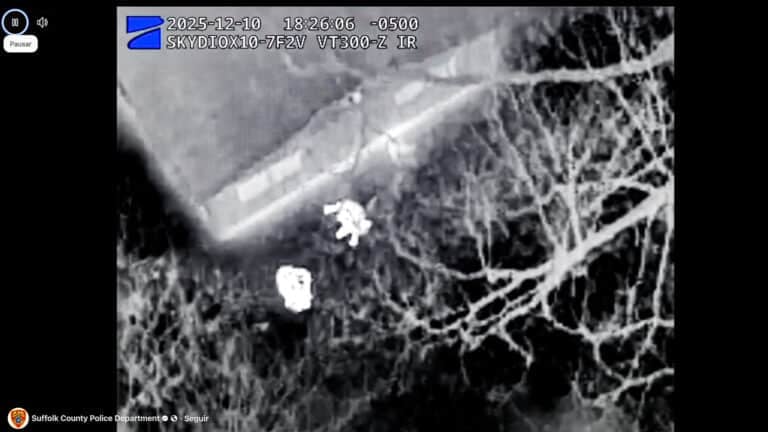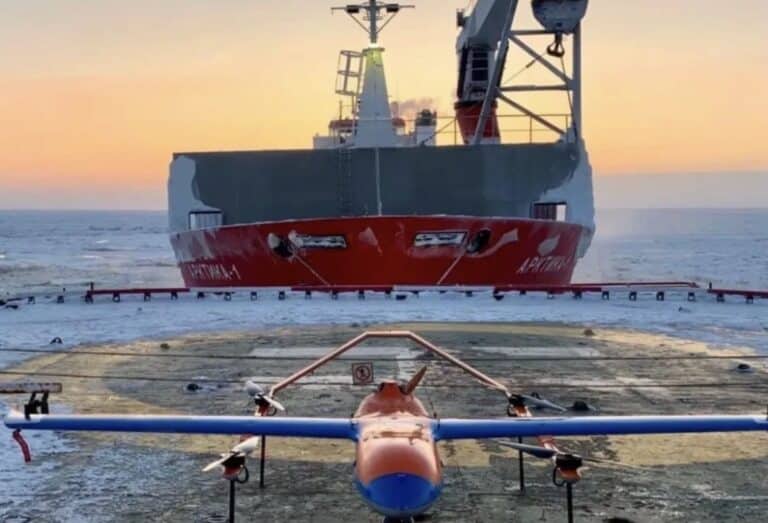Hong Kong Police Boost Drone Patrols for Enhanced Crime Detection and Efficiency
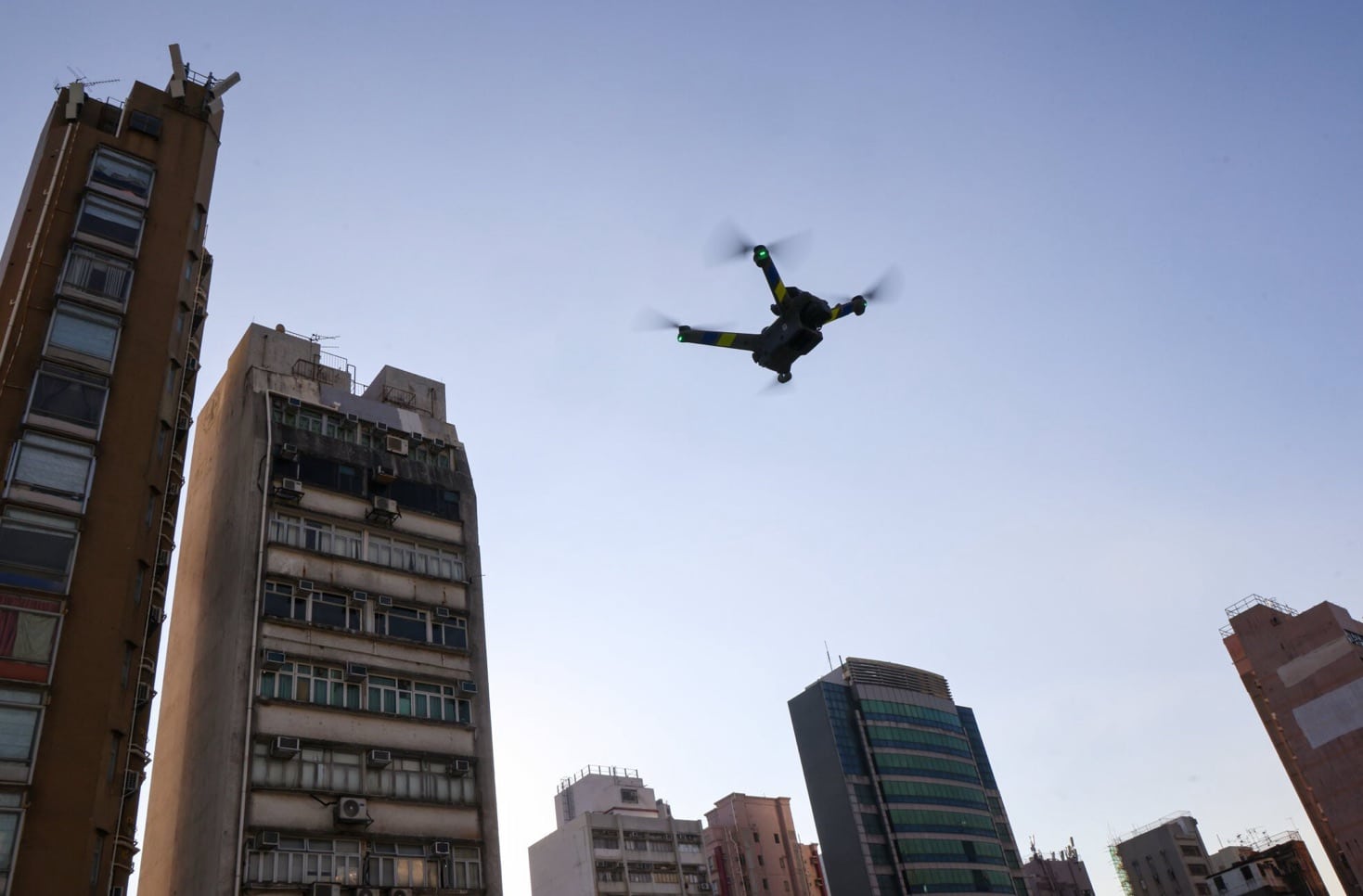
Amazon Drone Deals: DJI Mini 5 Pro Fly More Combo with DJI RC2 now for $1,099!
Hong Kong’s police force is advancing its use of drones in urban and border patrols, leading to quick detections and arrests in initial trials, as part of a broader “smart policing” strategy. This development highlights how drones are becoming integral tools for law enforcement, offering aerial surveillance that complements ground operations.
Initial Drone Patrol Trials Show Promising Results
Commissioner of Police Joe Chow Yat-ming revealed that drone patrols, which began in late May for border areas and expanded to urban districts last month, have already proven effective, reports the South China Morning Post. Police data indicates 31 drone flights in Kowloon West and 197 flights at the city’s northern border by the end of last month. These operations detected four cases—two involving dangerous drug possession and two thefts—resulting in three arrests.
Chow explained the process: “This is because the [drone] pilot saw the live monitor and saw some people acting quite suspiciously, and then they asked the ground officers to be deployed to the scene to do the checks.”
This real-time monitoring allows drone operators to identify suspicious activity from above, directing human officers for on-site interventions. Such integration demonstrates drones’ role in enhancing operational effectiveness, particularly in areas where traditional patrols might miss details.
The trials underscore a trend in law enforcement toward unmanned aerial vehicles (UAVs) for surveillance, reducing the need for constant human presence while maintaining rapid response capabilities. For drone professionals, this application showcases how standard drone features like live video feeds and mobility can translate into public safety tools, potentially influencing similar adopptions elsewhere.
Plans to Expand Drone Usage Across Diverse Areas
Looking ahead, the force aims to broaden drone patrols to additional locations, including The Peak and Cheung Chau, with implementation targeted by the end of this year at the earliest. Chow has also directed officers in the New Territories to explore drone use for combating vehicle theft in rural areas.
Chow noted, “Sometimes even if we use mobile patrols, the area may be limited, so I asked them to use drones. We are now trying to expand the usage.”
This expansion addresses geographical challenges, where drones can cover expansive or hard-to-reach terrains more efficiently than vehicle-based patrols. In rural settings, for instance, drones could survey miles of open land—equivalent to kilometers in metric terms—quickly, spotting anomalies like unauthorized vehicle movements.
Operationally, this could save manpower, as Chow emphasized technology’s potential to “save some manpower and enhance operational effectiveness.”
However, the commissioner stressed that drones serve as partners, not replacements, for human officers. He pointed out that residents value the “human touch” in policing, adding, “They can be our partners, but they can’t replace police.” This raises questions about balancing technological efficiency with community engagement, a key consideration for drone operators in regulated environments.
Broader Implications for Drone Integration in Policing
Drones in Hong Kong’s strategy feature practical enhancements like blue and red flashing lights and message broadcasting capabilities, which Chow said provide a deterrent similar to police vehicles or foot patrols. Building on that, he suggested robots and drones could complement each other, stating, “It’s not black and white; they can complement each other.”
While the focus remains on current trials, Chow indicated no definite timeline for introducing artificial intelligence to surveillance systems, including facial recognition. This cautious approach reflects potential regulatory hurdles, such as privacy concerns, which drone enthusiasts and professionals often navigate in their own operations.
Economically, expanding drone patrols could optimize resource allocation for a 27,000-strong force facing manpower constraints. By detecting crimes early—evidenced by the four cases in initial urban flights—drones might contribute to crime reductions, similar to the reported drops in street crimes linked to related surveillance efforts.
Police noted reductions between 4.2 percent and 42.5 percent in categories like theft from vehicles and pickpocketing after launching camera installations, though direct drone impacts are still emerging.
For recreational pilots and professionals, Hong Kong’s initiative illustrates drones’ versatility beyond hobbyist use, potentially inspiring innovations in security applications. Yet, it also highlights the need for clear guidelines on drone deployment in public spaces to ensure safety and compliance.
Hong Kong police’s drone push exemplifies how UAVs can augment law enforcement, offering scalable surveillance that detects and deters crime. As trials progress, this could set precedents for global policing trends, emphasizing technology’s supportive role in maintaining public order.
You can read more stories about the use of police drones here on DroneXL.
Photo courtesy of J. Tse / SCMP
Discover more from DroneXL.co
Subscribe to get the latest posts sent to your email.
Check out our Classic Line of T-Shirts, Polos, Hoodies and more in our new store today!

MAKE YOUR VOICE HEARD
Proposed legislation threatens your ability to use drones for fun, work, and safety. The Drone Advocacy Alliance is fighting to ensure your voice is heard in these critical policy discussions.Join us and tell your elected officials to protect your right to fly.
Get your Part 107 Certificate
Pass the Part 107 test and take to the skies with the Pilot Institute. We have helped thousands of people become airplane and commercial drone pilots. Our courses are designed by industry experts to help you pass FAA tests and achieve your dreams.

Copyright © DroneXL.co 2025. All rights reserved. The content, images, and intellectual property on this website are protected by copyright law. Reproduction or distribution of any material without prior written permission from DroneXL.co is strictly prohibited. For permissions and inquiries, please contact us first. DroneXL.co is a proud partner of the Drone Advocacy Alliance. Be sure to check out DroneXL's sister site, EVXL.co, for all the latest news on electric vehicles.
FTC: DroneXL.co is an Amazon Associate and uses affiliate links that can generate income from qualifying purchases. We do not sell, share, rent out, or spam your email.




